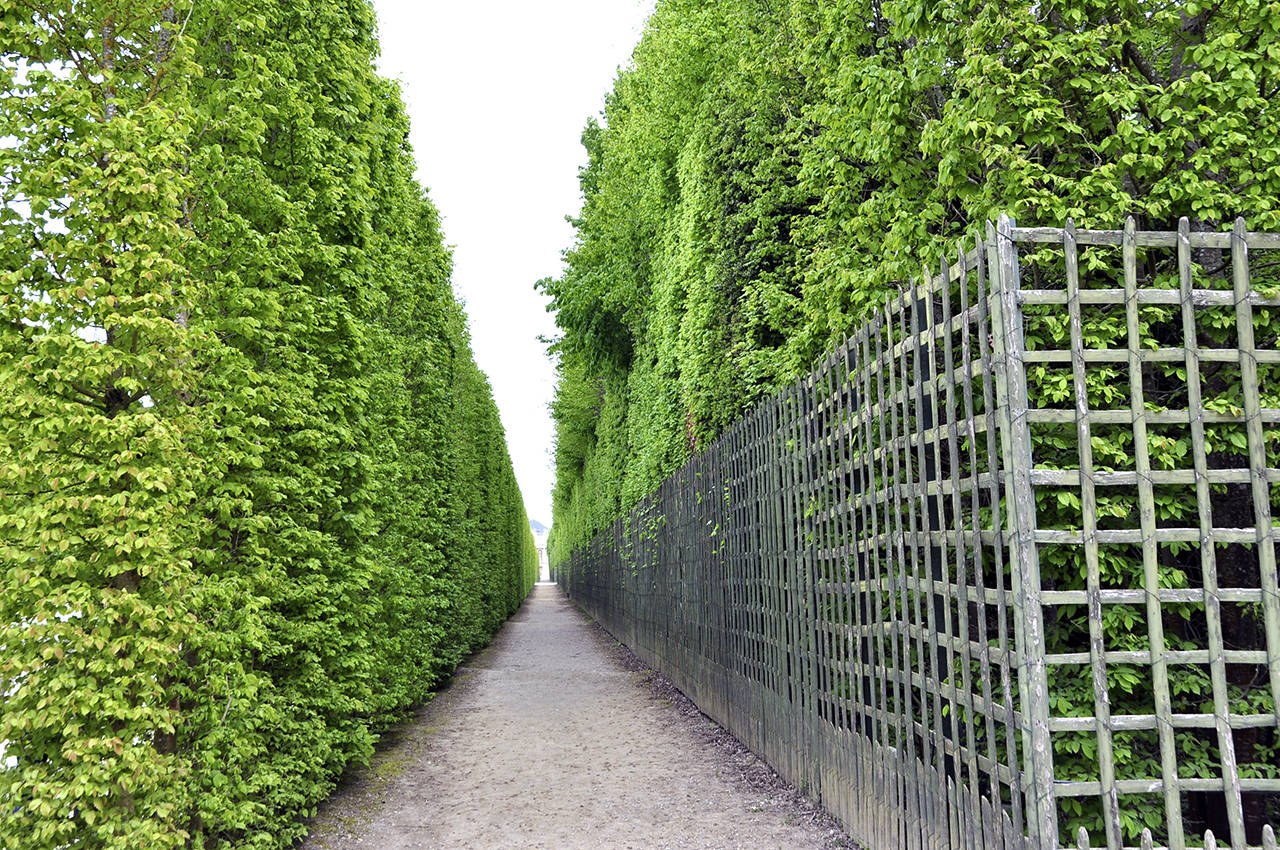By Katie Lutz
WSU Master Gardener
I found myself feeling a little philosophical this month. In part, that was due to the convergence of a couple of different things that happened to involve wind.
I’ve been reading a book about the 1962 Columbus Day storm (“A Deadly Wind” by John Hodge, a very good read!) and I got to hear one of our master gardeners speak about pollination, which included information about wind pollination. This led me to think about the role of wind in our garden, and how often we view it as a negative when it also plays an important role in our ecosystem.
First, what is wind? Its simplest definition is “air that moves.” Air movement happens due to differences in air pressure. From areas of high pressure, air flows toward areas of low pressure; the greater the difference, the more powerful the wind. We measure — or describe may be a better term — wind through direction and speed.
One of the most obvious results of wind is how it shapes our plants. This can be over time in an epic struggle as the plant attempts to survive against the constant onslaught. Often this plays out along our coasts or on mountaintops, with trees and shrubs being stunted or distorted. This masks the age of these master survivalists, with some plants less than 6 feet tall being hundreds of years old.
Or, instead of a years-long battle, a short yet powerful wind event can change the shape of our plants. Powerful winds, such as the ones generated in the Columbus Day storm, damage and destroy young and old trees alike. However, this can play an important role in ecosystem succession, opening up spaces for new plants to establish themselves and grow.
In a man-made example, the Oregon wine industry owes its existence to the Columbus Day storm. High winds destroyed thousands of acres of orchards in the Willamette Valley and Central Oregon. Enterprising graduate students looking for land to start vineyards were able to purchase land at low cost and start what would become one of Oregon’s most valuable industries.
In addition to the shaping of plants, wind is also excellent at drying them out. Desiccation is sometimes overlooked, especially during the winter when we have dry and cold days with a steady breeze. Wind increases the transpiration occurring in the leaves, and you may be surprised to notice your wind-exposed plants looking quite dried out.
Finally, wind is quite skilled in carrying objects to new locations, being a major contributor to the erosion of soils around the world. The best example of this was the Dust Bowl of the 1930s, when wind carried away the exposed topsoil of the Midwest to the East Coast and beyond.
From a gardener’s perspective, these traits can be quite negative. But as I mentioned in my introduction, these are important elements to our garden ecosystem over time.
Setting aside the damage, desiccation and erosion (oh my!), we need wind for the pollination of plants such as alders, oaks and grasses. We also need the wind to help spread nutrients in our gardens as leaves and other debris fall and are brought to rest in areas where they can decompose into the soil.
So how can we harness the wind in our garden? The most important element is observation. Learn about your microclimate and observe where and how the wind hits your property. That can inform how to put the right plant in the right place.
Regular watering and the use of heavier mulch can help your plants retain more water while not blowing away.
Look for plants that can handle getting hit by regular winds; these may also be good candidates for making a living windscreen. Or build a non-living wind break, but remember to include gaps for some air to pass through. Otherwise, your wind break may break in the next storm or even create more turbulence in your garden.
I hope this gives you some food for thought about wind and its role in your garden!
Katie Lutz, of Hoquiam, joined the WSU Master Gardener program in 2016.
Talk to us
> Give us your news tips.
> Send us a letter to the editor.
> More Herald contact information.

























